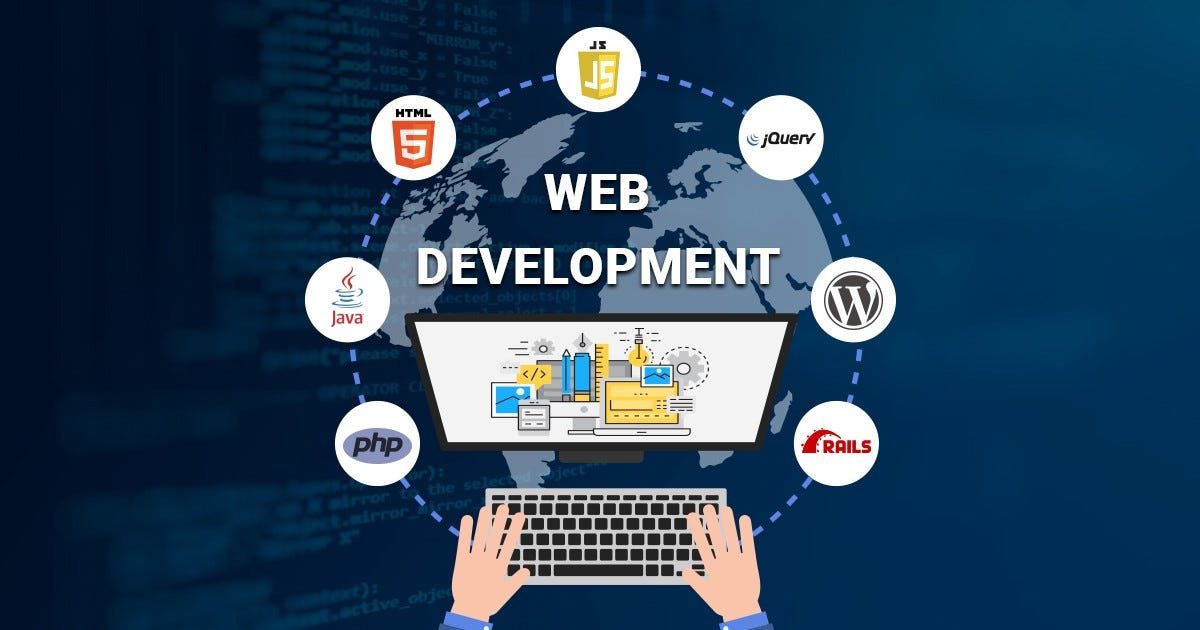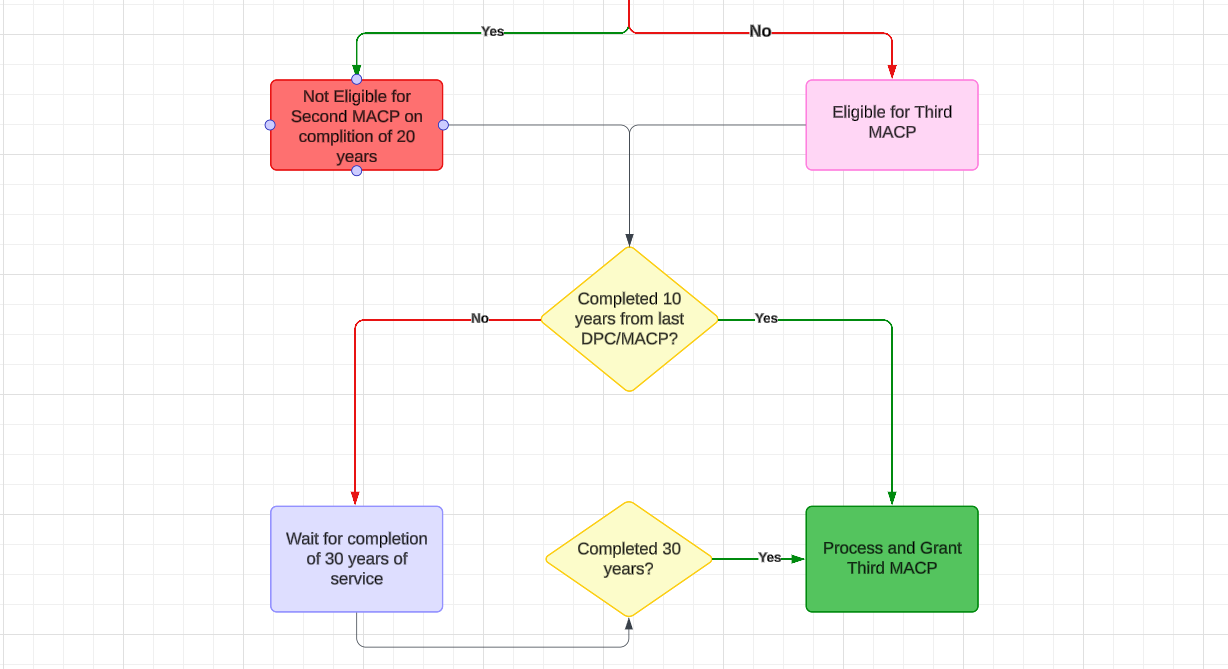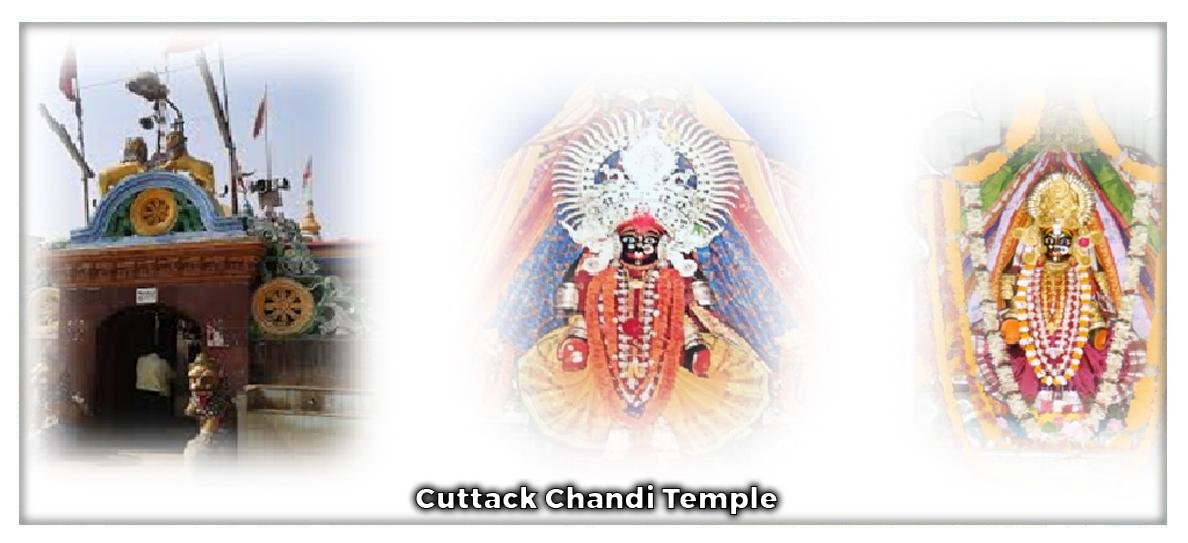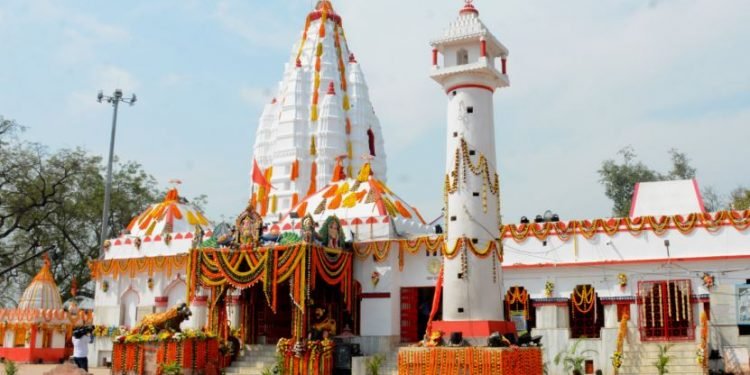
Before undertaking the project of my website, I was considering that creation, development and hosting of websites might be requring a tonnes of technical and coding knowledge. I am a Post Graduate in Finance and serving as a full time administrative professional, with absoultely no background and training on technology and coding for creating websites. Nevertheless, I could create this website in less than a week after going through few Blogs and video tutorials on YouTube.
I am sharing the experience and knowledge gained by me in the journey of creating this website for the benefit many others, who are neither a Techie nor a Coder like me, but are interested to develope their own websites.
The whole process of developing a website will be as simple as registering and posting on a Facebook or X (Twitter) account once you understand the basic requirements.
Basic Requirements for a Website:
What is a Website?
As per Wikipedia, a website (also written as a web site) is a collection of web pages and related content that is identified by a common domain name and published on at least one web server. Websites are typically dedicated to a particular topic or purpose, such as news, education, commerce, entertainment, or social media. Hyperlinking between web pages guides the navigation of the site, which often starts with a home page. Some of the most-visited sites are Google, YouTube, and Facebook.
A website is one of the most crucial tools businesses or individuals can use to nurture their digital presence. Whether you’re a small firm, a large corporation, a freelancer, a professional, or a student, making a website is a highly effective way to make yourself more visible on the World Wide Web.
All publicly-accessible websites collectively constitute the World Wide Web. There are also private websites that can only be accessed on a private network, such as a company’s internal website for its employees. Users can access websites on a range of devices, including desktops, laptops, tablets, and smartphones. The app used on these devices is called a web browser.
Website Name (Domain):
All websites are identified by a unique address, which tells the browsers (Chrome, Edge, Mozilla Firefox, Safari, etc.) where they are located. This unique address consists of mainly two parts, viz. the Domain name of the website folowed by the Top Level Domain (TLD), and sometimes, a sub-domain, which is a prefix to the Domain. A catchy domain name helps visitors recall your website more easily. Thus, selecting the right domain name is important to your website-building journey.
Popular TLDs for websites are “.com”, “.org”, “.net”, “.co”, “.xyz”, “.info”, etc. The country code TLD for India is “.in”. Other popular TLDs for Indian websites are “.co.in”, “org.in”, “.net.in”. You can find more information on TLDs pertaining to India on the website of “.in Registry”.
Example:- The unique address of my website is “prabhanjan.panigrahi.in”, where “prabhanjan” is the sub-Domain, “panigrahi” is the domain, which is on the “.in” TLD. Similarly, “support.google.com” is a unique website address, where, “support” is the sub-Domain, “google” is the domain, which is on the “.com” TLD. Note that “panigrahi.in” and “google.com” are also websites.
Read my other Featured Article on “Best and Economical source to buy a .in Domain“.
Web Server:
A web server is a computer software and underlying hardware that accepts requests via HTTP (the network protocol created to distribute web content) or its secure variant HTTPS. A user agent, commonly a web browser or web crawler, initiates communication by making a request for a web page or other resource, and the server responds with the content of that resource or an error message (in case requested webpage is not available). A web server can also accept and store resources sent from the user agent if configured to do so (for example, data filled through a Google Form).
Essentially, your website and its files must be physically stored on a high-power computer called a web server to be accessible over the internet.
Web Host:
A web hosting service is a type of service that hosts websites for clients, i.e. it offers the facilities required for them to create and maintain a website and makes it accessible on the World Wide Web. Companies providing web hosting services are sometimes called web hosts.
Simply put, a web host refers to a company or agency providing website owners the infrastructure they need to store, maintain, and publish their websites online.
Apart from the infrastructure, most web hosts also deal with all the technical aspects of website maintenance, such as enacting security measures, keeping web servers running, and ensuring that people can visit your website without any hitch.
GoDaddy, HotingRaja, HostGator, BlueHost, BigRock, Hostinger are few of the popular companies providing Web Hosting services.
Read my other Featured Article on “Reliable and Economical Web Hosting for Non-Techies and Non-Coders“.
Name Server:
Name Servers are machines which are responsible for moving traffic around the internet and are responsible for connecting specific URLs with the correct IP address of the site’s server. Simply put, name servers organize and route traffic across the internet.
When you enter a website name in your browser bar and hit Enter, your browser starts a process of decoding the website you’re looking for and routing your traffic to the right web server. The name server sits in the middle of this process, holding all of the records for which websites are located where.
The domain name, that being, the website name you enter, isn’t easy for a computer to understand. The IP address, a string of numbers with more specificity, is rather much easier for a computer to digest. Name servers translate the domain name into an IP address, connecting information that’s easy for humans to understand with information that’s easy for computers to understand.
With the domain name translated into an IP address, the name server can then route your request to the server with the website you’re looking for. This process is almost instant, although it takes multiple steps. seconds.
DNS Records:
DNS records (or zone files) are instructions that provide information about a domain including what IP address is associated with that domain and how to handle requests for that domain. All DNS records also have a ‘TTL’, which stands for “time-to-live”, and indicates how often a DNS server will refresh that record.
You can think of a set of DNS records like a business listing on Google Business. That listing will give you a bunch of useful information about a business such as their location, hours, services offered, etc. All domains are required to have few essential DNS records for a user to be able to access their website using a domain name, and there are several optional records that serve additional purposes.
DNS Records vs. Name Servers:
DNS records and Name Servers work in conjunction to with each other, but are two different things. While a Name Server is like a library, the DNS records are like the catalog.
Content Management System (CMS):
A content management system (CMS) is a computer software used to manage the creation and modification of digital content (content management). A CMS is typically used for enterprise content management (ECM) and web content management (WCM).
ECM typically supports multiple users in a collaborative environment by integrating document management, digital asset management, and record retention.
Alternatively, WCM is the collaborative authoring for websites and may include text and embed graphics, photos, video, audio, maps, and program code that display content and interact with the user. ECM typically includes a WCM function.
A CMS typically has two major components: a content management application (CMA), as the front-end user interface that allows a user, even with limited expertise, to add, modify, and remove content from a website without the intervention of a webmaster; and a content delivery application (CDA), that compiles the content and updates the website.
Based on a survey, the most widely used content management system is WordPress. Other commonly used content management systems include Joomla, Shopify, and Wix. As of August 2024, WordPress is used by 43.5% of websites globally, making it the leading content management system (CMS). This is an increase of more than 25% since 2013. WordPress is more popular than all other CMSs combined, with its closest competitor, Shopify, running on fewer than 4.5% of websites.
Read my other Featured Article on “Why I chose WordPress for my First Website over Drag-and-Drop (WYSIWYG) Website Builders?“
Website Theme:
A website theme is a pre-designed template or framework that establishes the overall look and feel of a website. It manages the front-end design of a website, including page layouts, backgrounds, color palettes, headers and footers, positioning, sizing, and typography. The purpose of a website theme is to provide a consistent and visually appealing look to a website, ensuring a cohesive brand identity and user experience.
A website theme is a foundation for a site’s complete design. A website theme manages the front-end design, establishing the overall appearance and functionality by managing its front-end design. A website theme is basically a finished “look and feel”, which gives you not only the design but also the “skin” which can be installed on a content management system (CMS) like WordPress and ecommerce systems like Magento.
There both Free and Paid (with free version) Themes for every CMS platform.
Plugins:
Website plugins, also known as add-ons or extensions, are third-party software that can be installed on a website (through the CMS) to add new features and functionality. They are designed to be separate modules that allow users to choose the specific functionality they want to add to their website without altering its code.
Plugins are a crucial aspect of building websites as they allow users to add additional features without touching a single line of code. Plugins help make the CMS like WordPress, more easy-to-use, flexible, and feature-rich.
There both Free and Paid (with free version) Plugins for every CMS platform.
SSL Certificate:
An SSL certificate is a digital certificate that authenticates a website’s identity and enables an encrypted connection. SSL stands for Secure Sockets Layer, a security protocol that creates an encrypted link between a web server and a web browser. An SSL certificate displays important information for verifying the owner of a website and encrypting web traffic with SSL/TLS, including the public key, the issuer of the certificate, and the associated subdomains.
Individuals, Companies and Organizations need to add SSL certificates to their websites to secure online transactions and keep customer information private and secure. An SSL also increases Google Ranking of the website.
In short, SSL keeps internet connections secure and prevents hackers from reading or modifying information transferred between two systems. When you see a padlock icon next to the URL in the address bar, that means SSL protects the website you are visiting.
SSL certificates are what enable websites to use HTTPS, which is more secure than HTTP. An SSL certificate is a data file hosted in a website’s origin server. SSL certificates make SSL/TLS encryption possible, and they contain the website’s public key and the website’s identity, along with related information. Devices attempting to communicate with the origin server will reference this file to obtain the public key and verify the server’s identity. The private key is kept secret and secure.
Most of the top-rated Web Hosts provide a basic SSL Certificate without any additiopnal charge.
Basic Steps for Website Development:
After getting familiar with the basic requirements for development of a Website, we can now delve into the actual step-by-step process of development of a website.
Step – 1: Finalise a Cathy Domain Name and search for its availability here.
Step – 2: Buy and Register the Domain.
Step – 3: Purchase a Web Hosting Plan. Get acquainted with Hosting Panel/Dashboard. Most of the Web Hosts provide c-panel, but popular Web Hosts have their own Panel/Dashboard, like Hostinger provides a very user friendly Panel/Dashboard, by name “h-panel“.
Step – 4: Change the Name Servers to your Web Host, if your Web Host and Domain provider are different. All Domain sellers keep their Name Servers, by default as their Name Servers only.
Step – 5: Install the CMS (like WordPress) to your Web Server using the Hosting Panel/Dashboard. Almost all the Hosting Panel/Dashboard provide one-click installation.
Step – 6: Install a Theme of your choice and required plug-ins for bringing better features to your Website. Each Theme recommends installtion and use of certain Plugins. However, Plugins may be installed as and when required.
Step – 7: Customize the Theme to your choice. You may modify the background, text colour, font type to your choice and to make your website more appealing.
Step – 8: Write contents, upload relevant pictures to your website and PUBLISH.
Step – 9: Check your website after publishing to ensure everything is working and looking as desired.
Step – 10: Share your website amoung your groups through emails, social media shares/posts to let people know about your website invite more visitors to your website.
If you are planning to develop a website for a not-for-profit purpose, I am happy to help you through the initial set-up without any charge. You may contact me through my About Page.
Total financial requirement to develop and host a website will be less than Rs. 1,000/- for the first year. To know about more details, read my another Featured Article on “How much will it cost to develop and host a Personal Website?“







Excellent Sir👍